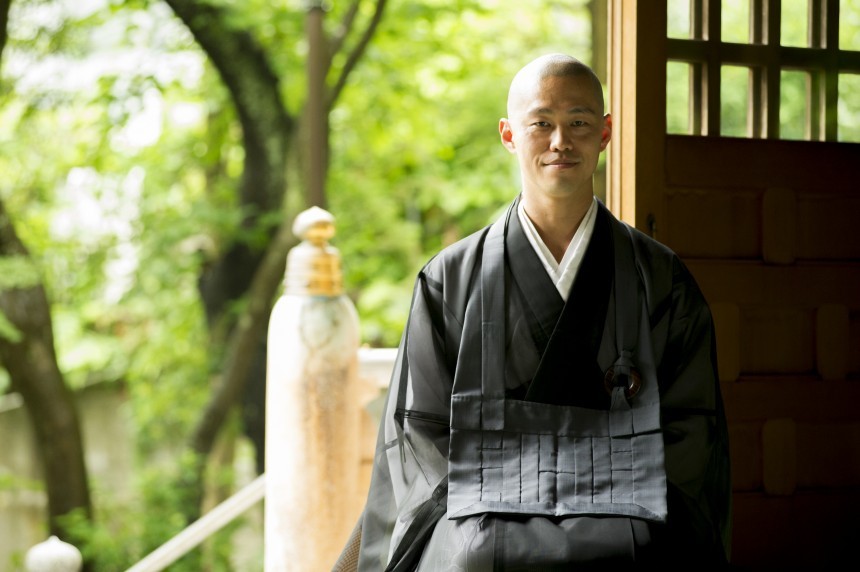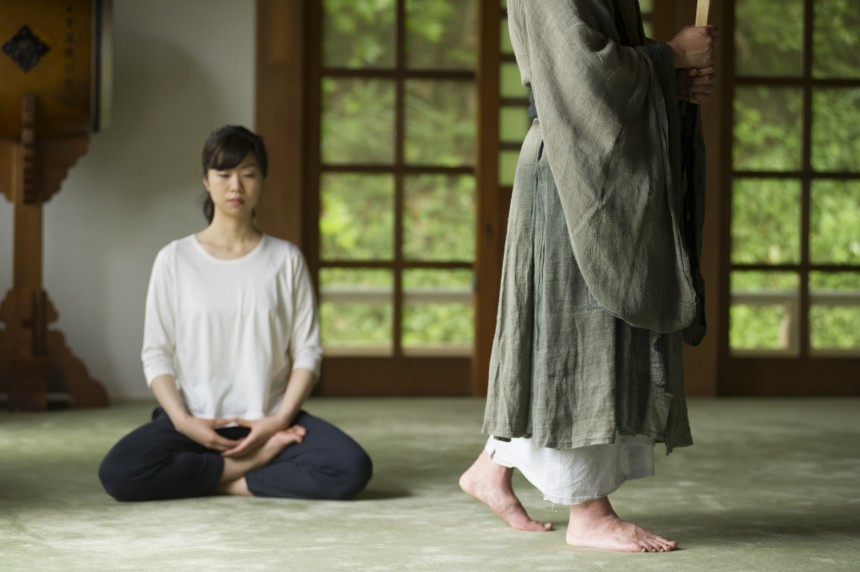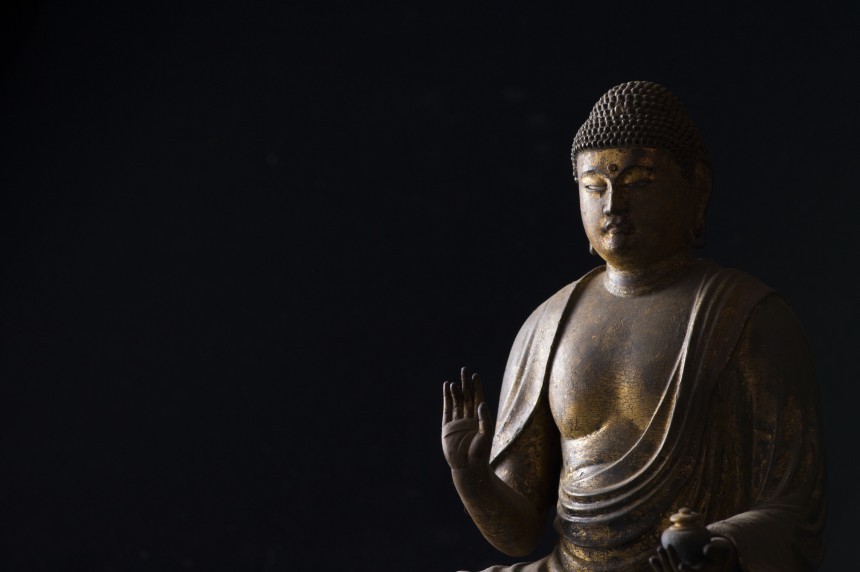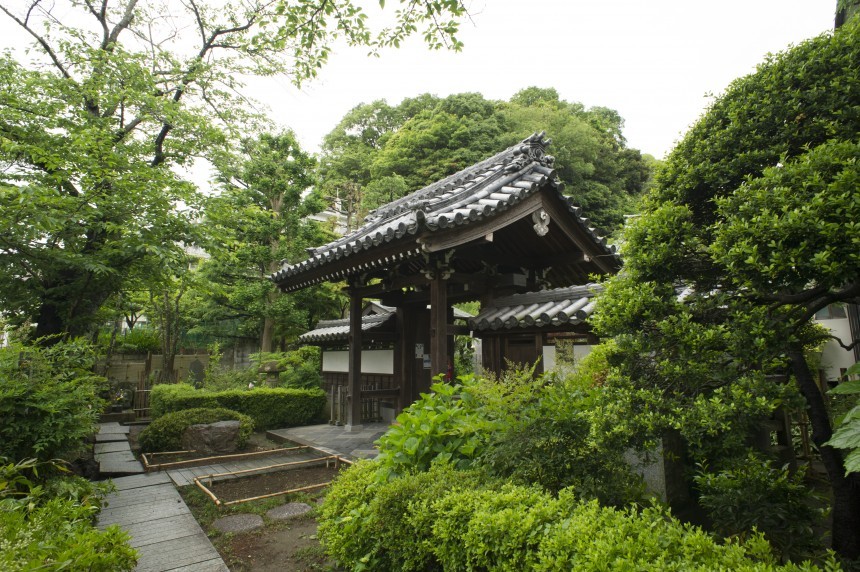
New Year’s is a time when many of us take stock and reset, in hopes of making this year the best one yet. Meditation and yoga are considered two of the most effective ways to do just that. Athletes, business executives, retirees and schools are giving these ancient traditions another look, as evidenced by the increasing number of yoga studios in the Tokyo and Yokohama region, as well as the number of temples offering courses in meditation. Metropolis decided to take a closer look.
In 1992, the Dalai Lama asked Richard Davidson, a neuroscientist at the University of Wisconsin, to study kindness and compassion. Soon after, Davidson hooked electrodes to the heads of Tibetan monks. Early results showed that different parts of the monks’ brains associated with happiness were activated while meditating and in some cases magnified, while those associated with fight-or-flight responses shrank. Further research at Yale University, the University of California – Los Angeles and Johns Hopkins, among others, show that short- as well as long-term meditators can find relief from depression, anxiety and addiction, in addition to increased happiness and an ability to focus.

Daigo Ozawa, Vice Abbot at Tokozenji in Yokohama, agrees, adding that, for him, the practice is part of an approach to work and daily life that gives him the balance he needs as a priest in a busy neighborhood temple.
“Meditation really helps me refresh and reset, as well as tone my body and mind,” Ozawa explains. “We are always worried about the future or the past, and we are never in the present. We have so much anxiety and stress. If you have too much of that, you can’t see truth or reality, and that’s what zazen is trying to reach.”
Zazen, or the Zen Buddhist practice of meditation, asks practitioners to sit on a round cushion with their legs folded in front of them. Their back is straight, and their hands are folded in a lotus shape and resting comfortably on their legs. In zazen, unlike other forms of meditation, the eyes are only half-closed as participants focus on their breath. They remain in this position from a few minutes for beginners to an hour or more for experienced practitioners.
“We need this kind of moment,” Ozawa adds. “We express gratitude for this life with each breath and keep refreshing our minds. If the mind is fresh, then we can notice things — the good in someone else or the simple joys of each day — that we may not otherwise see.”

Like the meditators Davidson and others have studied, Ozawa mentions that noticing those little things is one way zazen becomes part of daily life and changes our perspective. “It is a process of understanding your true nature and being in the here-and-now, which in turn gives people the confidence to get through a particular experience.”
Leza Lowitz, yoga teacher and owner of Sun and Moon Yoga in Tokyo, says that many people come to her studio looking for a way to deal with stress or a crisis, lose weight or simply because they want to make a change.
“There’s more uncertainty in the world, and people have stress and upheaval in their lives now more than ever before,” she says. “Yoga teaches you to be present. Circumstances are always changing, so it’s important to develop the presence of mind to be centered while trusting that things have a flow of their own.”
The physical component of yoga is also undeniably appealing, and recent research supports what yogis have been saying for literally thousands of years. A study published in the International Journal of Physical Education, Sports and Health in 2015 found that that yoga maintained an athlete’s full range of motion while enhancing confidence and an increased ability to focus. Professional teams from rugby’s New Zealand All Blacks to members of the National Basketball Association have also made yoga part of their training regimes. Trainers, athletes and coaches alike find the poses help prevent injury while making muscles stronger and more flexible, all of which, of course, pays off on game day.
However, Lowitz sees yoga’s greatest benefit not just in terms of physical conditioning and mental acuity but in a greater self-awareness and sense of purpose. “If our students walk away with a sense of happiness and peace, feeling more empowered, inter-connected or inspired to live their lives to the fullest, then we’ve done our job.”

All of that leads to what Lowitz calls “taking it off the mat,” where the personal transformation impacts the broader community and how people interact with each other. To that end, her studio offers two weekly Community Yoga classes where the proceeds are donated to charity.
“You begin to understand how interconnected we are, which leads to a sense of responsibility to others and how you affect them,” she says. “Increased awareness means you can choose how you react. It won’t miraculously make a perfect world, but we have a choice of how to respond to what the world throws at us. Especially now, I think, it is imperative that we develop that self-awareness and not just plug in to reactiveness. Yoga and meditation give us the tools to respond with great compassion.”
The idea that people can develop a greater good by sitting on a cushion for hours or by doing tree pose may seem far-flung, but both Lowitz and Ozawa agree that this is far too simplified a view.
“We do this practice for ourselves, but eventually we do it for others and society,” says Ozawa. “We find self-compassion, which becomes compassion for others because we see that in the end they are not so different from us.”







